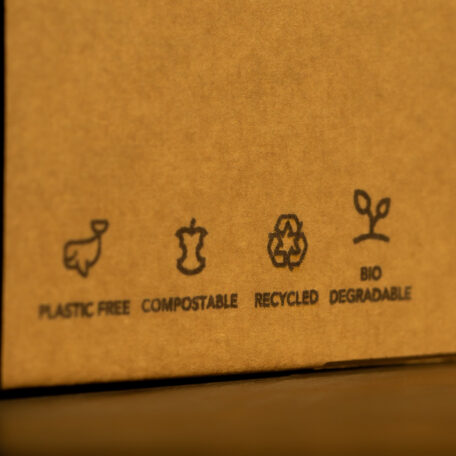Designing for different platforms is the dominant topic for now. But what will occupy our attention in the future?
This year’s Information Architecture Summit, Euro IA 2011 (#euroia), took place in Prague. The conference helps to share experiences across national, cultural, and linguistic boundaries and encourages the practice of information architecture and related disciplines. Participants include information architects and user experience professionals, content owners, application developers, web masters and, last but not least, project and business managers participating to undebrstand the benefits and challenges of information architecture in the digital information space.
Not surprisingly, the keynote speech by Luke Wroblewski was about the mobile web. In 2010, the number of smartphone sales exceeded those of PCs, and the number of devices with internet access is rapidly increasing. Tablets, e-book readers, TV sets, game consoles etc. all provide access to the web. Designing for different platforms is the dominant topic for now. But what will occupy our attention in the future? One of the most interesting sessions was the „IA Shuffle“ on „Where will we be in 10 years?“ Topics discussed included brain-computer interaction (BCI) and gestures as well as the question if websites will still exist in 10 years or if we will have all information in a space of our own, independent of its origin. This again provoked statements on the importance of the source of information for ascertaining the value of information, the importance of content, of memory – and of information architecture. In her closing keynote, Margaret Hanley stressed that information architecture is still at the heart of all our activities, but that in the mobile world the focus has shifted from linking content to other content to linking content to the user’s context (e.g. location, time, social interactions).
On the whole, the conference gave a broad overview of the discipline, including (amongst many others)
- the involvement of users (especially kids in „Tablets and Kids“ and „The Secrets of Aeropolis“ as well as elderly people in „Ethnotelling for user generated experiences“)
- collaboration with clients (e.g. „Take your Clients into your UX team“ when no other resources are available to advocate the users‘ perspective)
- strategies and interactions to assist users in their decision processes and in transforming information into knowledge (choosability) (e.g. „Designing Interactions that Help Customers in Decision Making“)
- an overview of the application of Agile UX methods in a Czech IT company (e.g. „Power of Agile UX„).
We got the most out of presentations and discussions that had to do with questions we are working on in projects of our own, e.g. the semantic web in Beyond the Polar Bear or the importance of calls to action in Does a rich GUI make the bank richer?. We hope that case studies and other contributions with a concrete relation to projects will continue to be part of the programme in the future, or even make up a larger one.
More on Euro IA 2011 :
Programme and abstracts on the official website, slides on Slideshare (or check out this list), speakers on Lanyrd, photos on flickr, detailed notes on Johnny Holland.







Kommentare